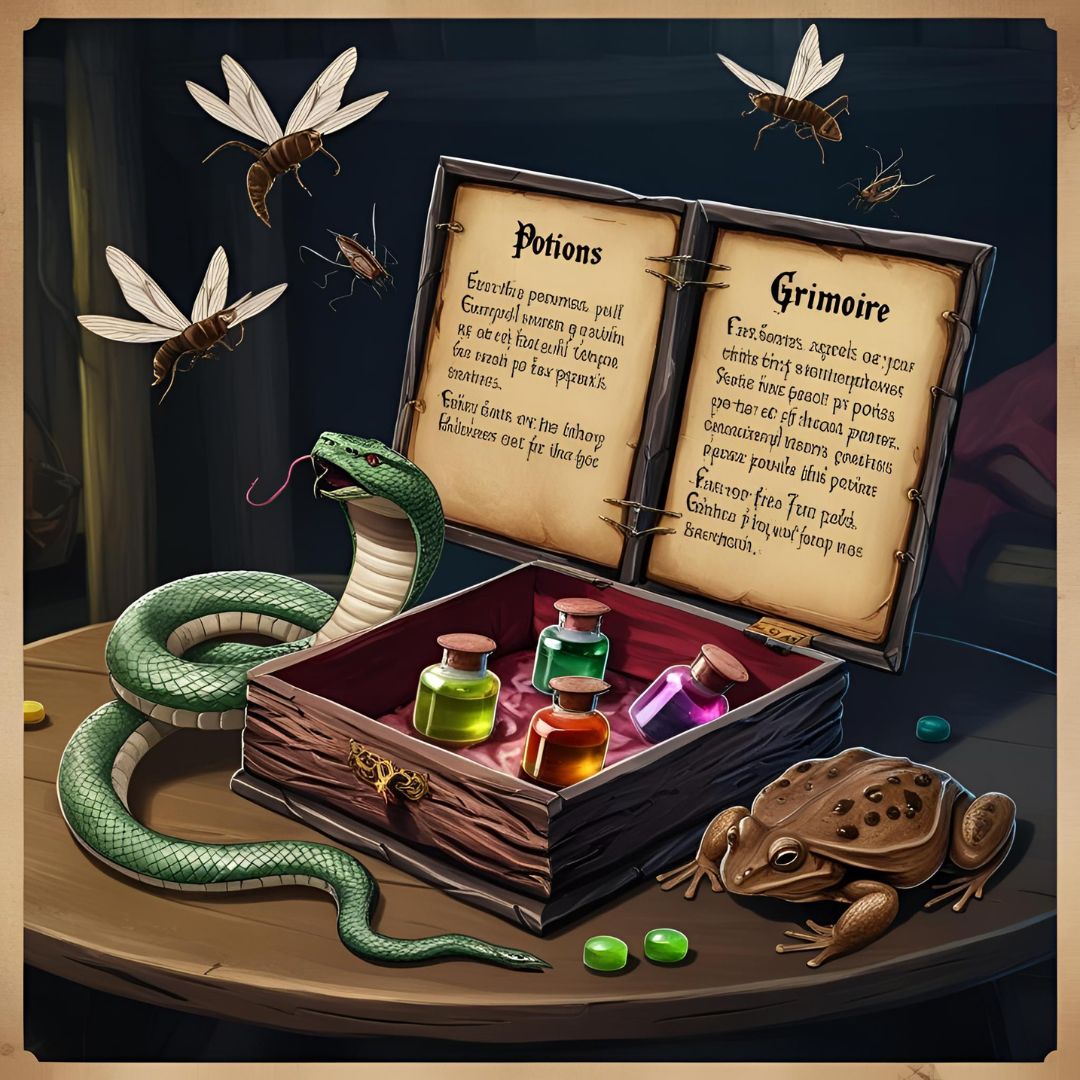Since ancient times, humanity has attributed symbolic and spiritual meanings to animals — especially those with dangerous or unusual traits. Among them, venomous creatures have always aroused fascination and fear. Whether due to their deadly secretions, vibrant colors, or stealthy behavior, these animals became central figures in magical practices, occult rituals, and even traditional healing systems.
In various cultures, poison was not only a weapon but also a bridge to the supernatural. Amphibians, snakes, and insects became regarded as messengers between worlds, essential components of potions, spells, and ceremonies of protection or destruction. This venomous bestiary reveals the mysteries of an ancient wisdom that, despite its danger, still echoes in books of magic and popular myths.
Frogs and Toads: Guardians of Potions and Transmutations
In the Middle Ages, dried toad skin was a common ingredient in grimoires and witchcraft formulas. It was believed that their secretions, such as bufotoxin, possessed mystical properties — capable of inducing visions, causing paralysis, or serving as a link to spiritual entities.
In some shamanic practices of South America, the venom of the Phyllomedusa bicolor (known as kambô) is applied directly to the skin, provoking intense reactions. The aim was not only physical but also spiritual: cleansing the body, aligning energy, and warding off negative influences.
In European magic, the toad was associated with the moon, fertility, and metamorphosis. Its bones, eyes, and dried skin were used in spells for transformation, invisibility, or emotional manipulation. Some rituals even included the symbolic creation of a “familiar” — a spirit helper taking the form of a venomous amphibian.
Snakes: The Venom That Heals and Connects with the Gods
The snake occupies an ambiguous place in the history of magic. While representing chaos, deceit, and death, it also symbolizes healing, rebirth, and ancient wisdom. In ancient Egypt, the venom of snakes like the cobra was used in funerary rites and spiritual transition ceremonies.
Ancient texts report the ritual use of snake venom in small doses to induce altered states of consciousness. In certain esoteric currents, it was believed that the snake carried the secret to immortality — and that its venom was a key to accessing the hidden mysteries of life and death.
In Greco-Roman tradition, the figure of Asclepius (the god of medicine) was depicted with a serpent coiled around a staff — a symbol that persists in modern medicine. In some schools of alchemy, poisonous extracts were “purified” symbolically, transforming evil (poison) into good (healing or power).
Venomous Insects: Magic on a Small Scale
Beetles, ants, wasps, and spiders also played a role in ancient rituals of magic. Despite their modest size, many of these insects carry potent toxins, and their appearances were seen as omens — either good or bad.
One curious example is the use of the Spanish fly (Lytta vesicatoria), known for its toxic properties. Despite being highly poisonous, its extract was used in aphrodisiac potions and rituals of desire. Once again, the line between magic and poisoning was thin.
Fire ants and venomous wasps also appear in tribal initiation practices, where controlled stings were part of rites of passage to strengthen the mind and spirit. These rituals involved pain and hallucination as a means of connecting with deities or guardian spirits.
Medieval Witchcraft and the Alchemy of Poisons
During the 14th and 15th centuries, witchcraft treatises described complex formulas involving parts of venomous animals. The “witches’ ointment” — supposedly used for flying or inducing ecstasy — often included ingredients like toad skin, animal fat, and extracts from toxic plants. Modern studies suggest that hallucinogenic effects were real, caused by chemical interactions between plant and animal toxins.
These mixtures were not simple superstition. Many witches, healers, and alchemists had an understanding of natural pharmacology. They knew how to prepare precise dosages and understood the effects of each secretion or substance.
The idea that the same venom that kills can, in small amounts, heal or expand the mind was part of the alchemical logic: to transform what is base into something illuminated. In this sense, venomous animals were considered powerful allies, as long as they were respected.
Wisdom of Traditional Peoples
Various indigenous cultures also recognized the magical power of venomous animals. In the Amazon, for example, the use of frog secretions, ant venom, or scorpion stingers was part of spiritual practices that involved deep respect for nature.
In Africa and Asia, some traditions involved ritual tattoos with diluted venoms as a form of energetic protection or spiritual empowerment. This knowledge was passed down orally, often within shamanic lineages.
Unlike the Western view that poison must be eradicated, these peoples saw toxins as part of the harmony of the natural world — an element to be understood and, when necessary, used wisely.
The Legacy of the Venomous Bestiary
Today, many of the animals once associated with magic and the occult are studied by modern science. Compounds extracted from frogs, snakes, and insects are used in medications, anesthetics, and biomedical research.
What was once considered superstition slowly reveals a sophisticated logic of observation and empirical experimentation. Though surrounded by mystery, the venomous bestiary was not merely born of fear — it was also a compendium of power, transformation, and connection with invisible forces.





